+
My 5-year-old daughter burst into tears when I told her about the election results. We had talked about supporting Hillary, but I had no idea she would take it so hard.
When my 3-year-old announced that “Donald Trump is a bad person,” his sister agreed. Was this for real? My babies, already knee-jerk liberals, feeling empowered to call the president-elect names? As much as my insides were screaming, You got that right, kid, being a parent means always looking ahead 20 years to the kind of adult you want your kid to be. I know I don’t want my kids furthering the chasm that is splitting this country in two. And when I was a kid, I just thought the president was, basically, a hero. I never thought in kindergarten civics lessons there might be chants of, “Not My President.”
At the same time, could I stand up for the man? The one banning Muslims and building a wall? I went for my favorite parent cop-out—turn it into a question. “What makes you think he’s a bad man?” “
He’s mean,” my kids informed me.
“So let’s write him a letter and maybe teach him how to be nice to people.” Seriously, this is the best I could come up with, an unsolicited advice column to a man who hates to read.
My daughter wrote the letter, part admonishment (“Be nice!”) and part “not mean” tips:
-
Put [on] a smile
-
Listen
-
Include people no matter what color skin they have
-
Do things nice for people
If your heart dropped at that third one, yeah, mine too. This was the moment that I realized the innocence was gone. Our grand plan for raising our biracial kids in a diverse city and letting them first see people as people, not as groups to be labeled, separated, and treated differently according to their skin color, the plan to talk about social justice as they got older—yeah, that was done. This was a new world. And it needs all the fighters it can get. And my kids were going to have to be ready.
[quote position="left" is_quote="false"]The plan to talk about social justice as they got older— yeah, that was done. This was a new world.[/quote]
Today, every parenting expert or parenting blog talks about validating emotions. How could I explain to my children that even if we thought it was wrong for some people to be angry at women, minorities, and immigrants for, you know, existing, that those bigots are totally allowed to feel that way?
I gave my daughter an example. “Let’s say that tomorrow, Daddy and I adopted two more kids. And those kids don’t have any other safe place to live, so they are going to come live with us. How do you feel?”
“Mad,” she said. (I was glad she was honest.)
“Why?”
“Because they’ll take the attention from me.”
“Ok, would you hurt them? Would you tell them they had to leave even though this would be their home now?”
“No.”
We talked about how anyone who was angry at immigrants or refugees was allowed to feel that way. But we drew the line at hurting people or telling people they weren’t welcome in this country. We drew the line at bullying.
Over the next few days, I had tough talks, mostly with my 5-year-old, about race, identity, inclusion, and why some people “hate brown people” as she’d heard it put in class. My kids asked to wear safety pins. I made sure they understood what it meant, that they couldn’t just wear them. They had to take a pledge, seriously, like a Scouts’ pledge, with their hand up and everything, to be brave and defend people against bullying.
Bullying turns out to be a convenient way to couch today’s activism. Kids hear about bullying all the time. We have gone out of our way to praise our kids when we’ve seen them stand up for a friend or each other. Now we applied this term to anyone who was picking on others, especially the vulnerable: girls and women, “brown people,” people of certain religions, people who had visible differences.
The day of the Women’s March in Los Angeles, my kids chose which signs they wanted to hold, and we headed off to take the Metro downtown. I loved that they saw and felt the energy of the people on the platform, that they could experience how powerful it is when a group of people channel frustration into action. I was grateful to be raising both a daughter and a son to support women’s rights.
When it became clear, hours later, that we weren’t going to get on any of the packed trains, we held our own march to the nearest playground. The kids got high fives and cheers for their signs. And when we got there, they ran off to play. My daughter tried to tackle a climbing wall. Near the top she got scared and begged me to help her down, saying she couldn’t do it. A little while later, I spied her trying again. She made it to the top, a proud smile on her face. Progress.





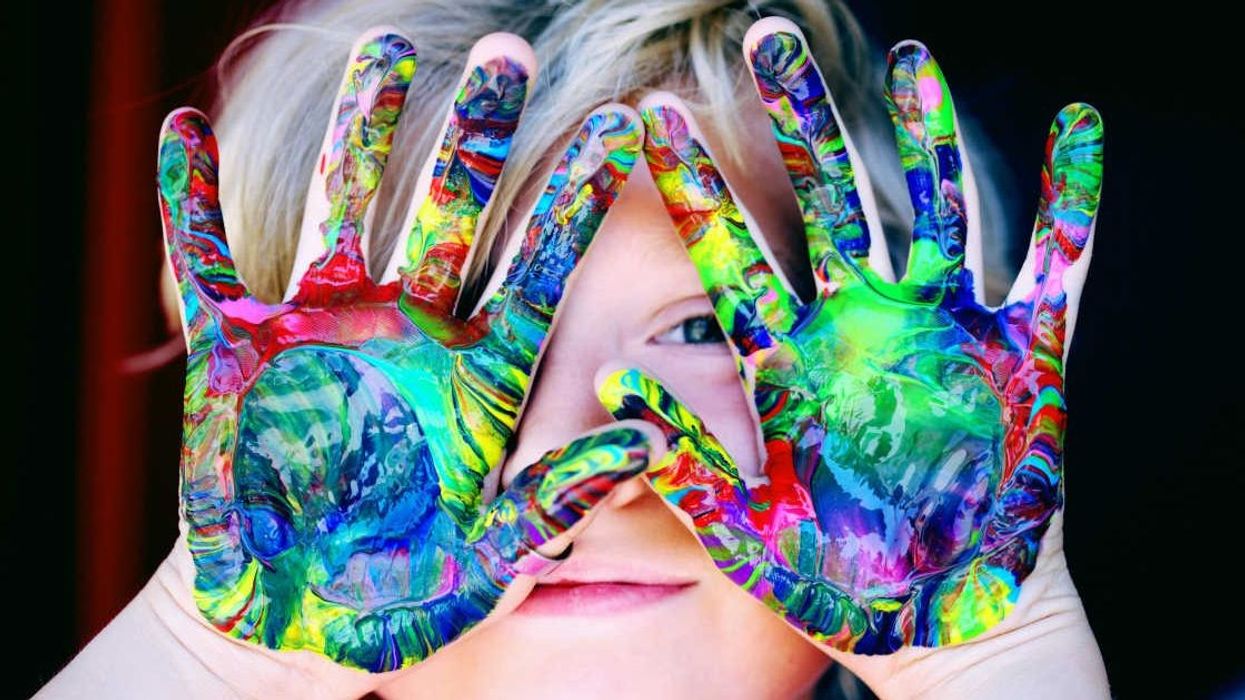
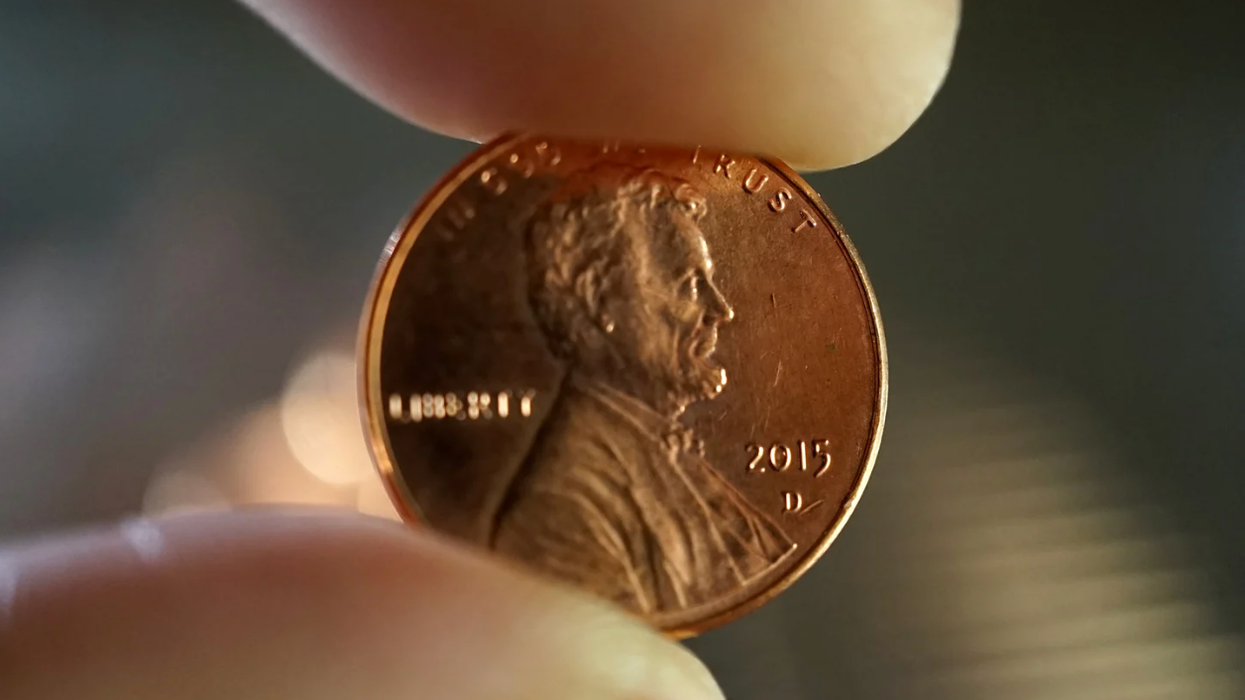
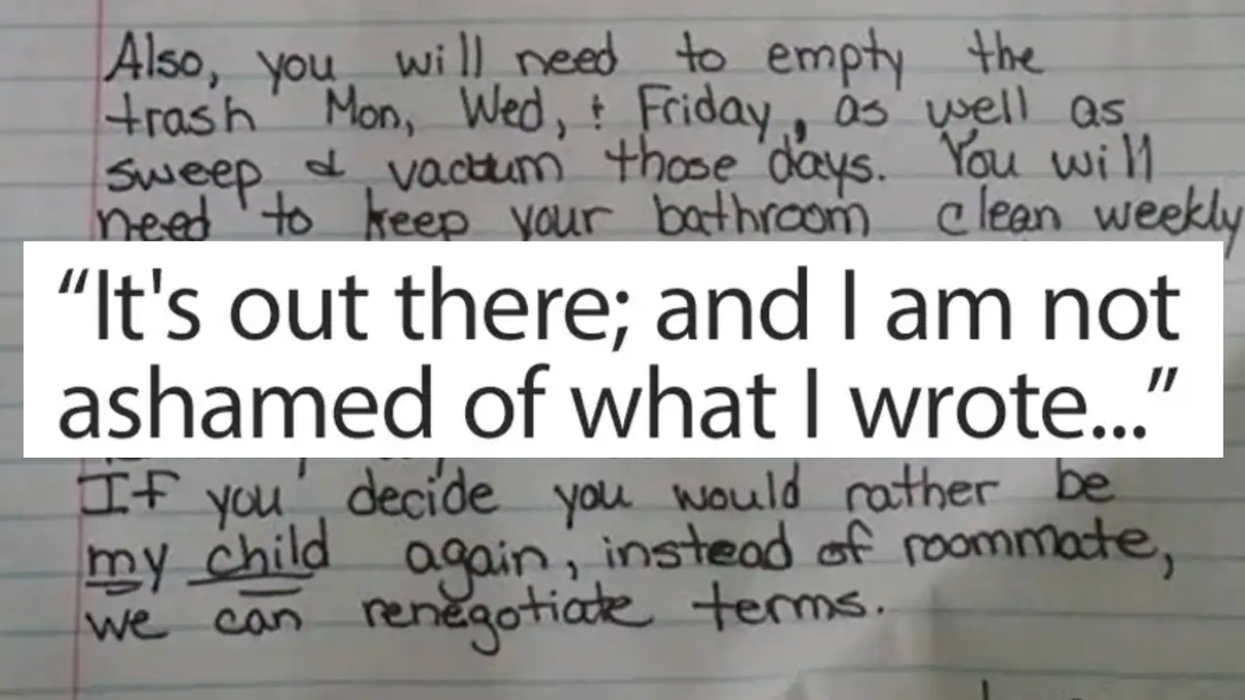
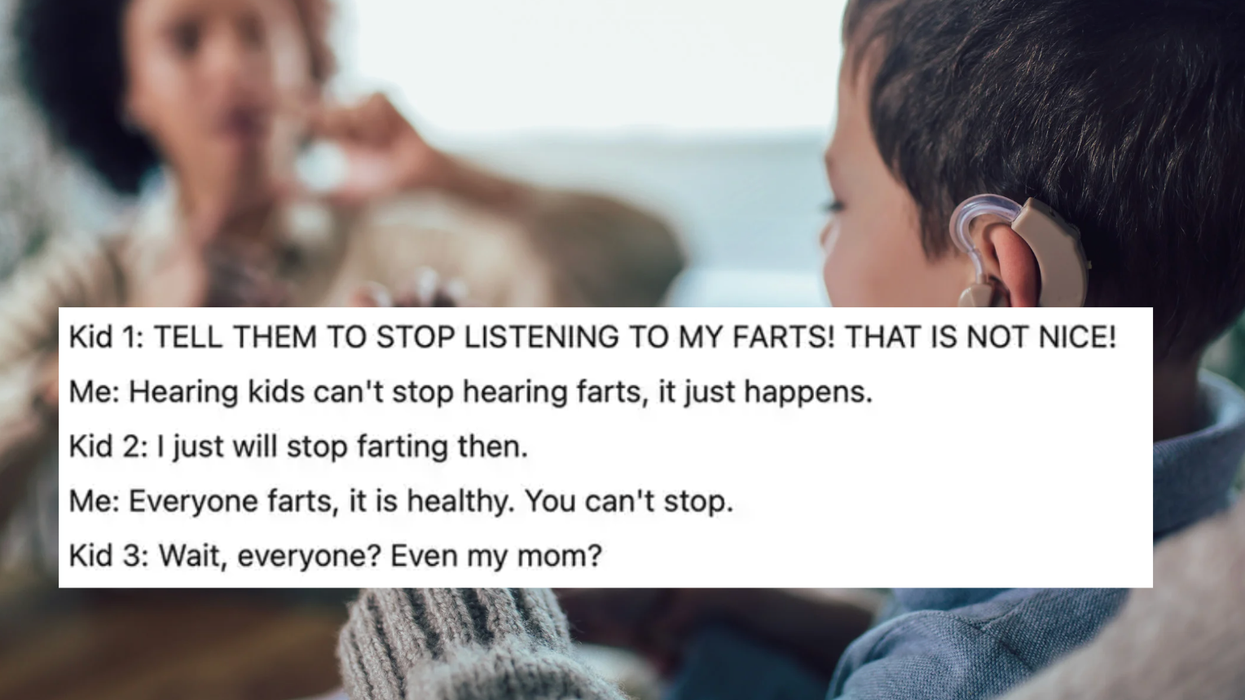




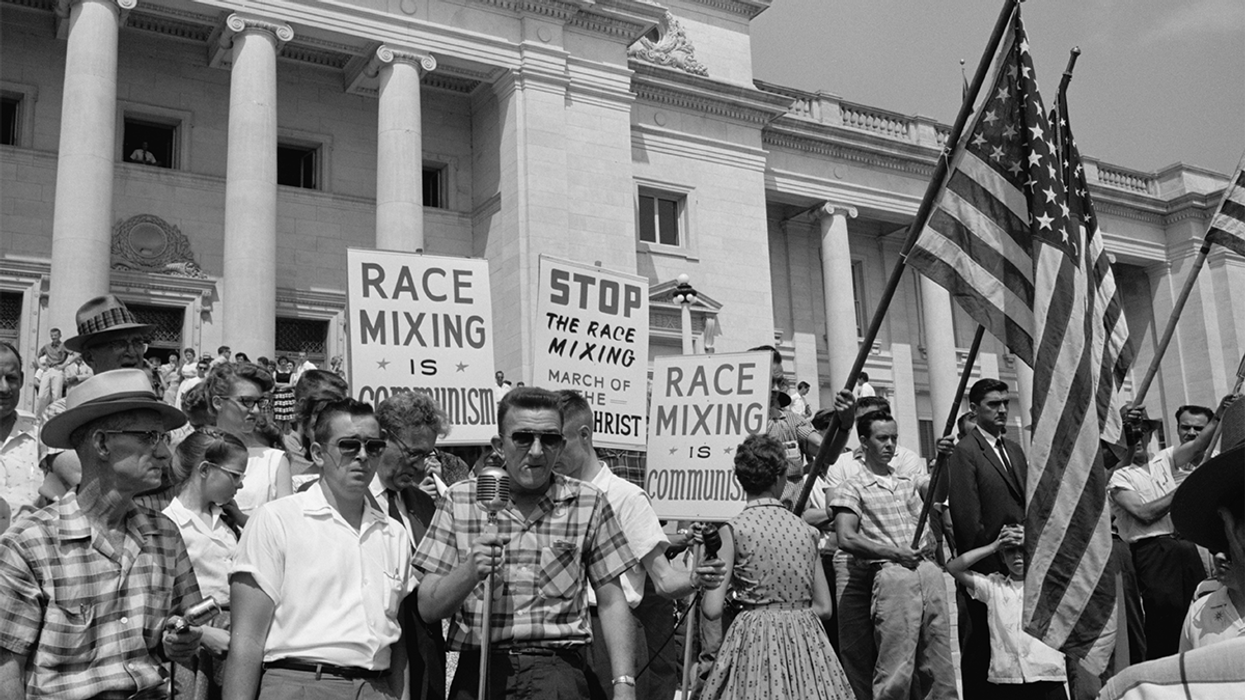
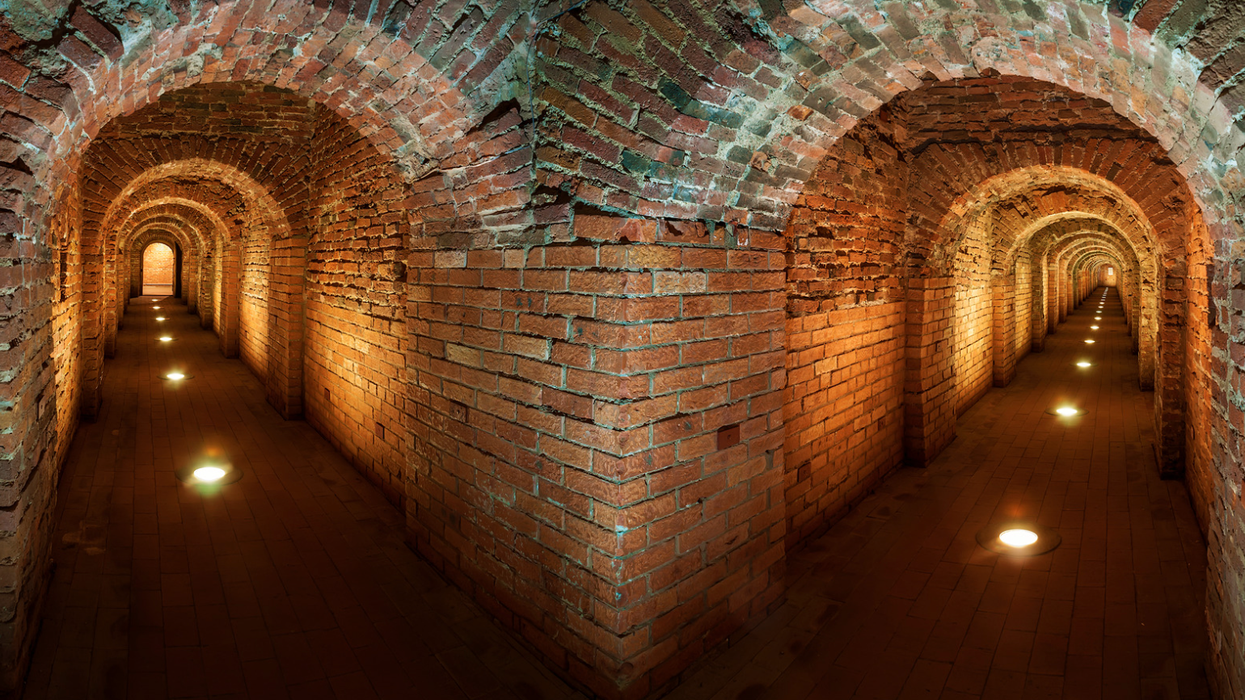

 Otis knew before they did.
Otis knew before they did.